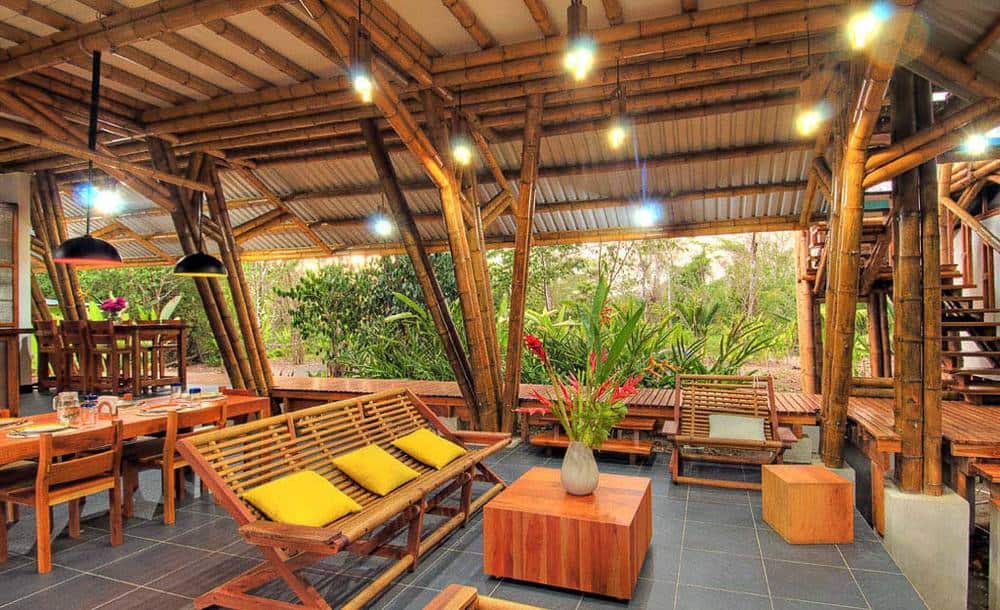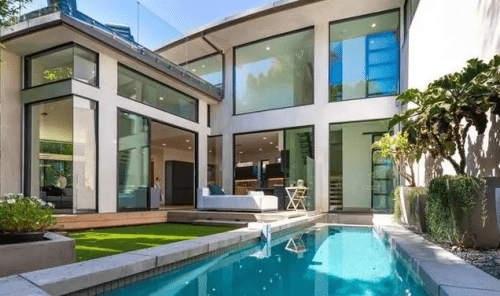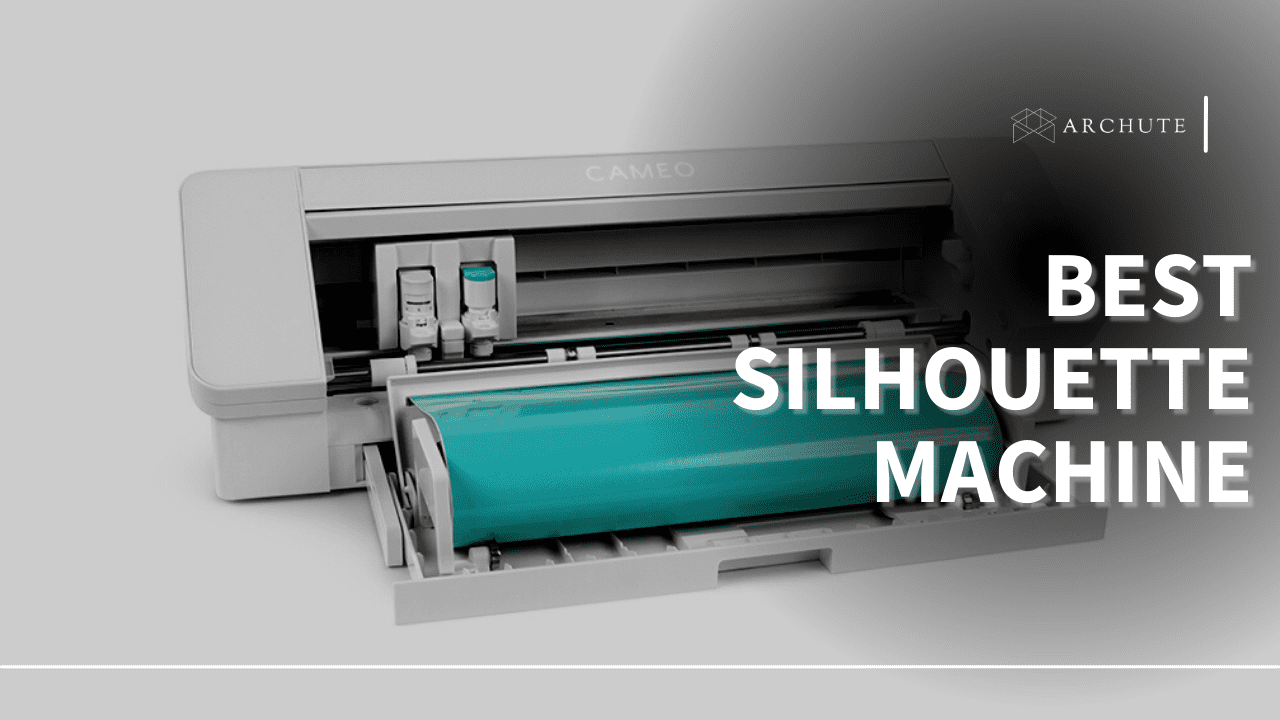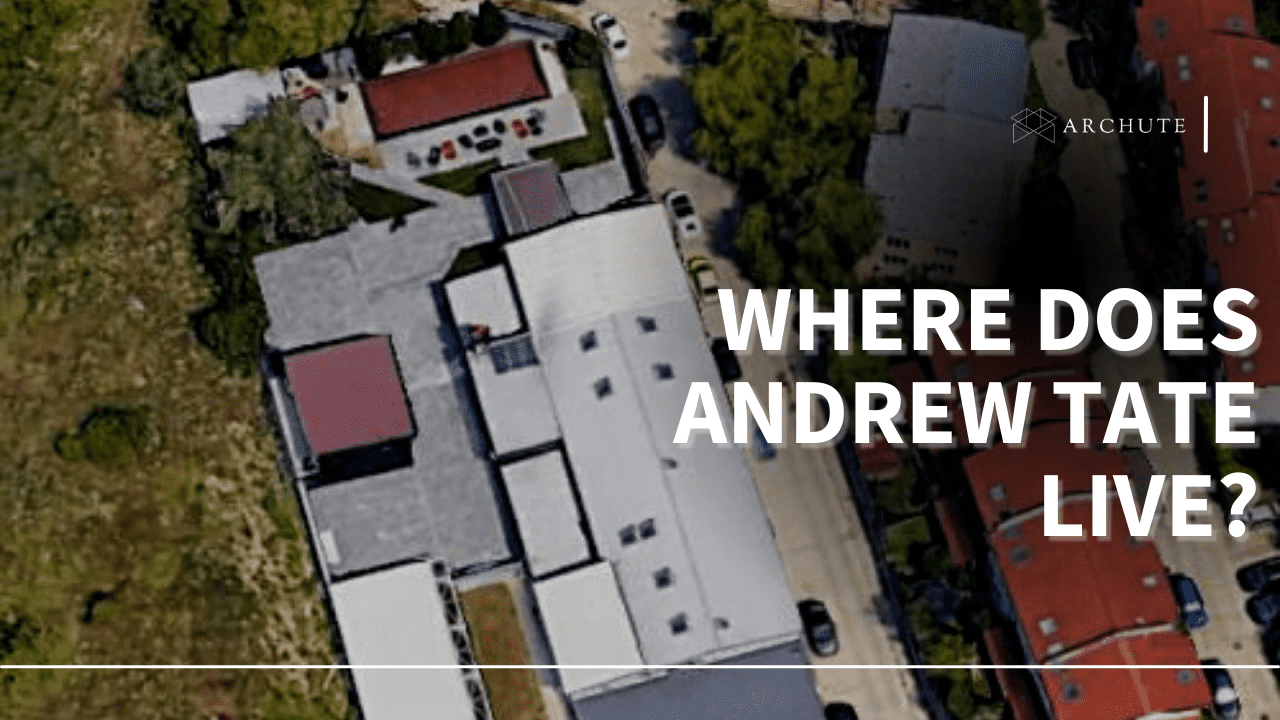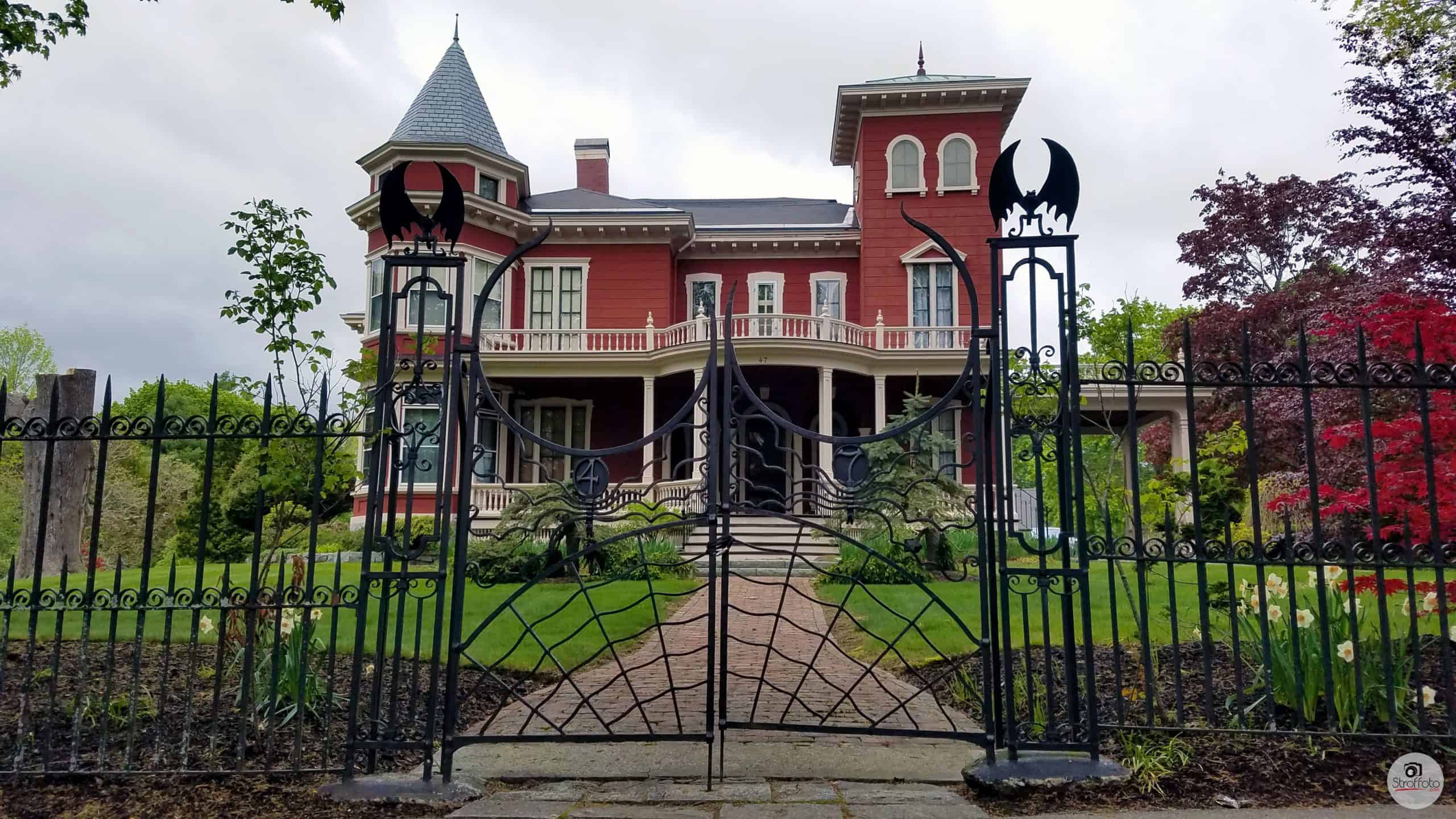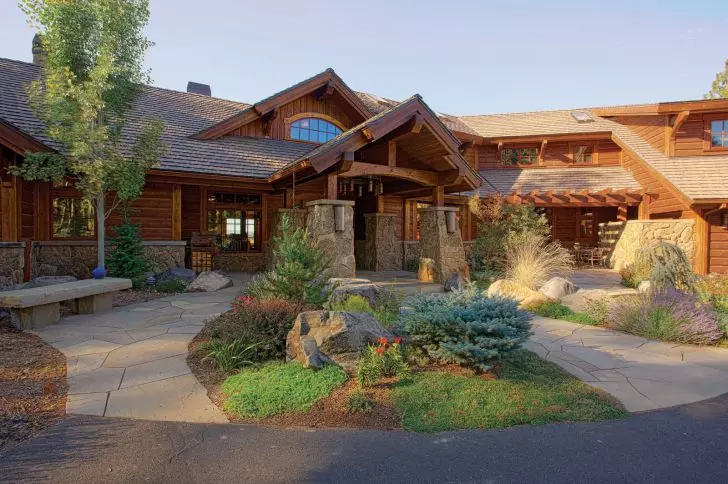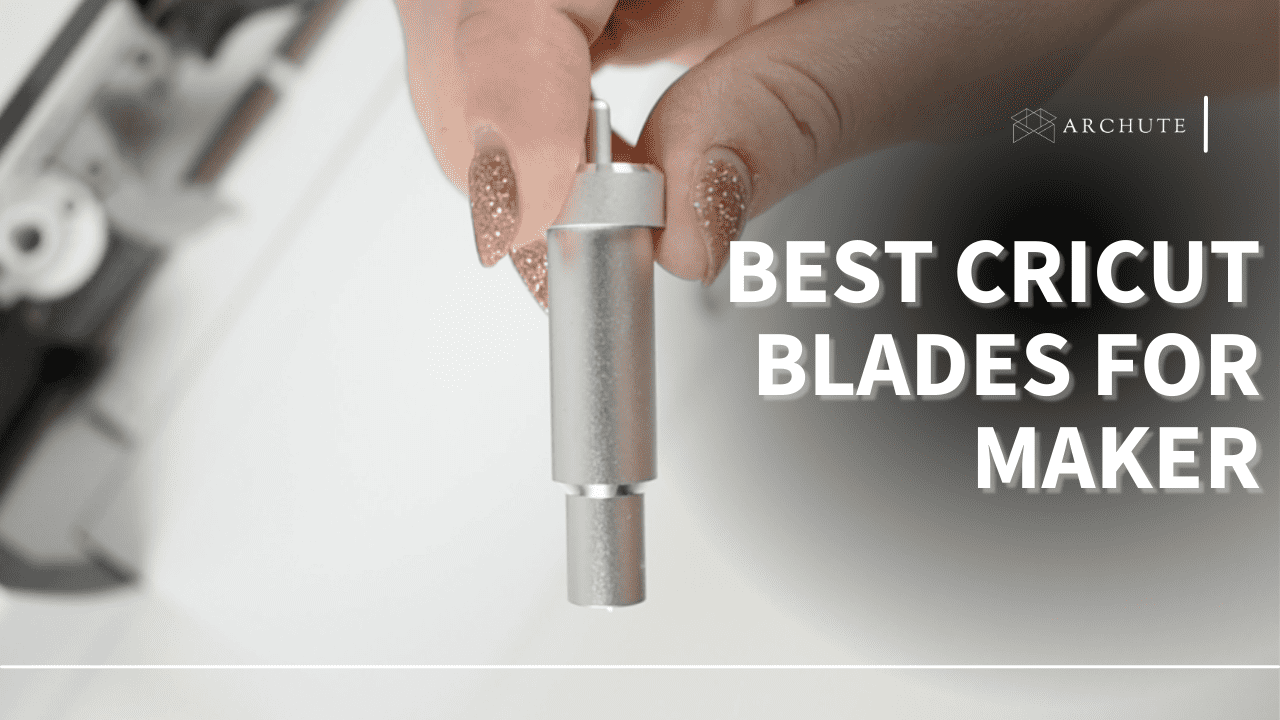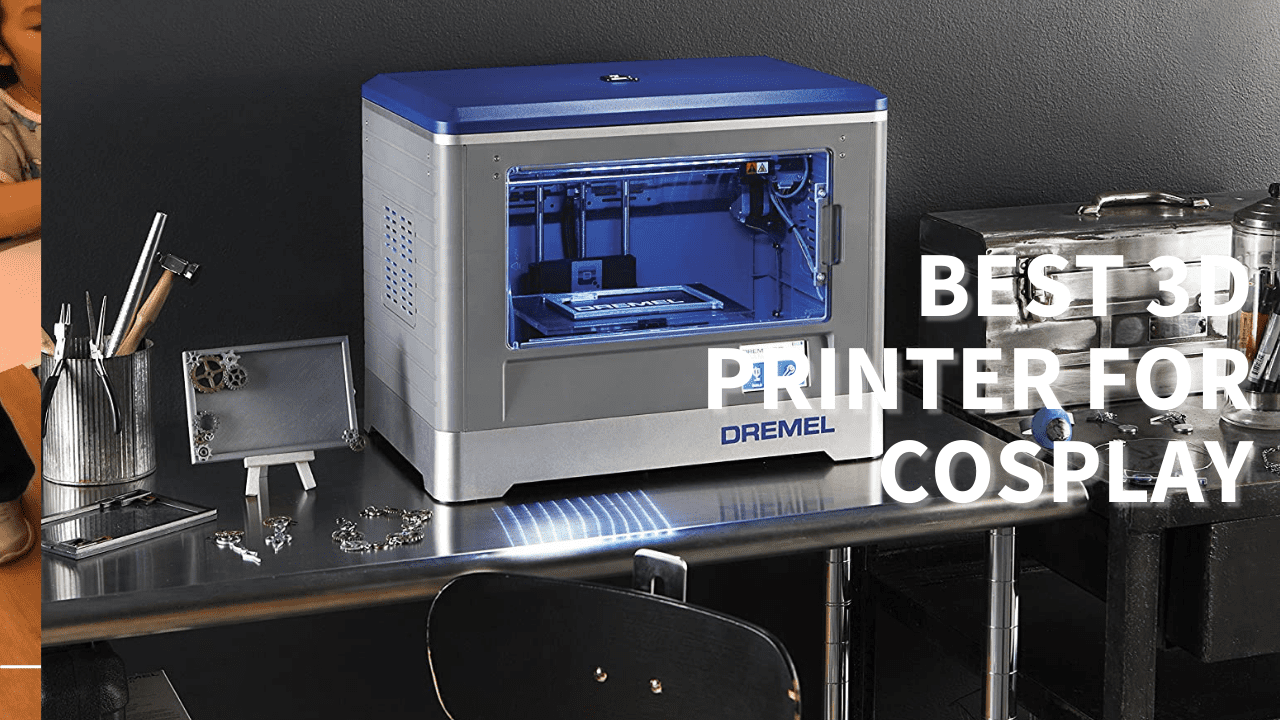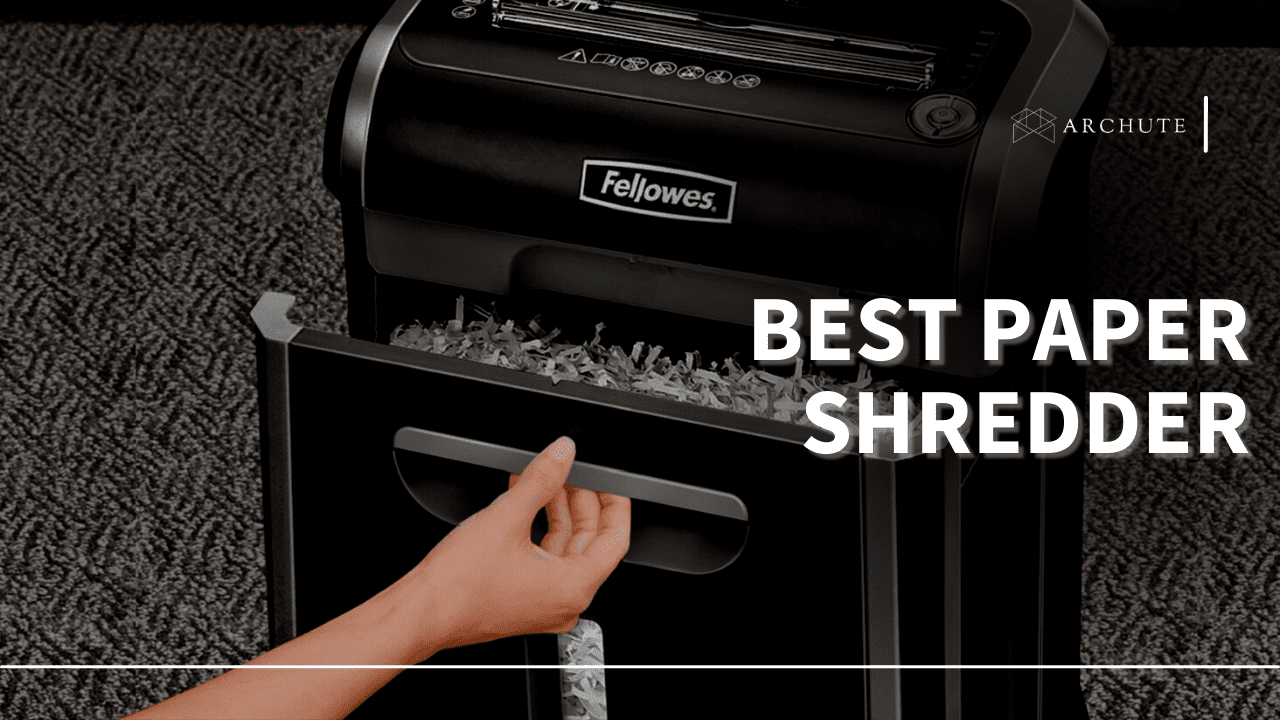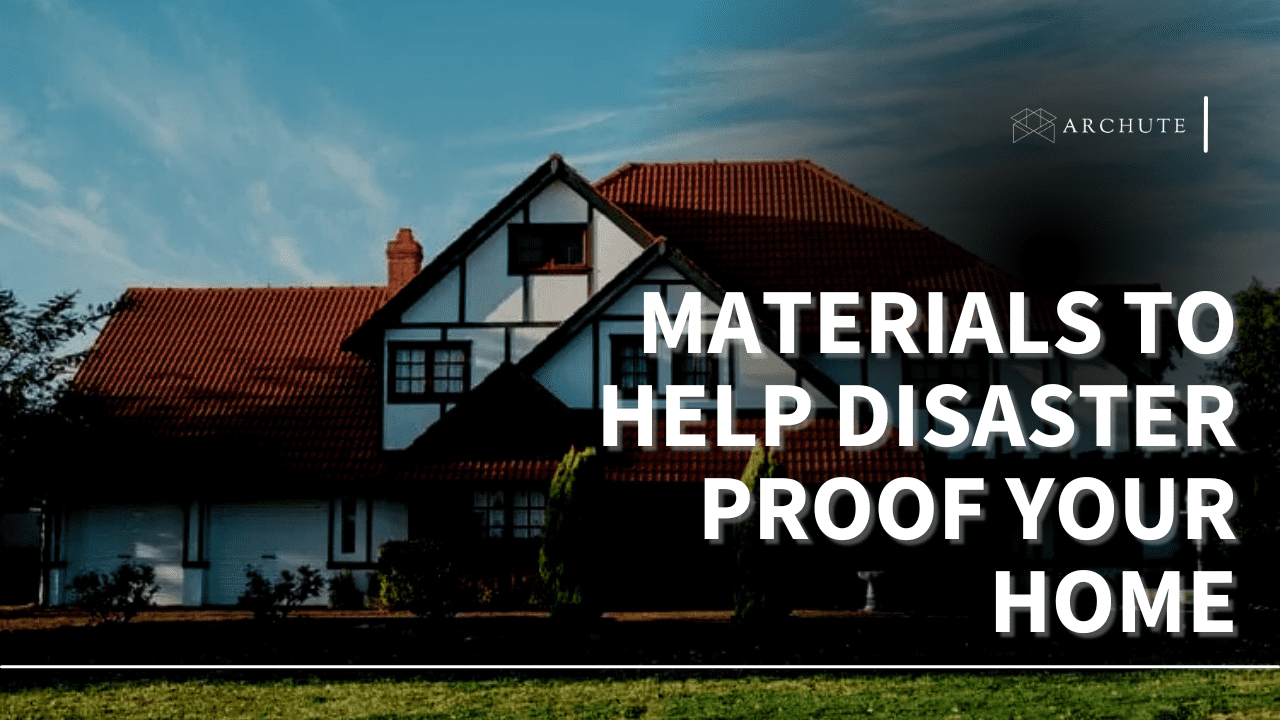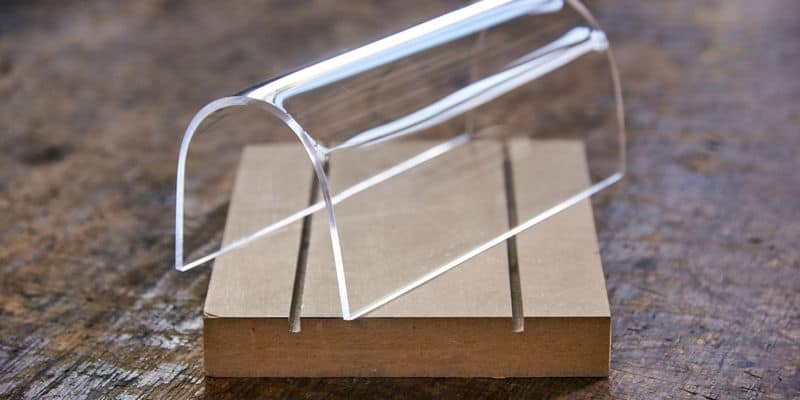Innovative materials and approaches have introduced a new era in the home construction as the industry adopts advanced technologies. In addition to making houses look beautiful, architects now try to include designs that will also add value to the house-owners. The global architects have two main aims as discretion of safety and simple maintenance.
Along with the surge of various material choices, homeowners and building designers are now paying more attention to how their decisions affect the environment (the introduction of many materials has made them more conscious of the environment). Green materials that are used for construction are for saving the environment as well as the one who owns the property. This article will feature five of the most sought-after eco-friendly materials in the industry right now for sustainable housing.
1. Insulated Concrete Forms (ICF)
ICF homes have become extremely popular in today's world owing to the various benefits that they offer the homeowners. ICF come in the form of large premade forms that are in the shape of panels joined with the help of metal rods. The outside of this form has a covering of insulating foam. During construction, workers would fill the gap between these panels by pouring concrete, which gives rise to a sturdy, insulated structure.

Whether you wish to build a large structure or a small one, ICF reduces the total construction time significantly. ICF Homes present a chance for you to provide your client with a better sound barrier and significantly reduced maintenance costs. Moreover, the structure of ICF Homes is such that it reduces the emission of Carbon Dioxide, offers superior air quality, and guarantees energy efficiency.
2. Steel Siding
The siding of your house serves as an essential element in the overall protection of your home from external factors. You risk the integrity of your house by choosing a poor-quality siding for your house. Poor siding can also cause water and moisture to get inside your house thereby giving rise to problems such as mildew and mold. With the advancement in building materials, experts now recommend using seamless steel siding during the home construction of houses.

This is because seamless steel siding makes the house look not only visually appealing but also eco-friendly. Because the siding is cut precisely according to the need, there is little to no waste making steel siding both, cost-effective and environmentally friendly. Steel siding is a recyclable material and when coated with cool paint it can reflect intense heat. This makes the structure of the house highly energy efficient.
3. Bamboo
In the building industry Bamboo Panels have gotten very common and they are more sustainable than hardwood panels. These panels are made of strips that are either woven together or laminated. Its multi-functionality makes it quite convenient and also useful almost everywhere in the house.

Builders often use bamboo panels as substitutes for hardwood because bamboo is not only superior in quality compared to all hardwood but it also grows faster than the hardwood. You can also use bamboo that is formaldehyde-free, meaning it doesn't include any dangerous toxins.
4. Ashcrete
Ashcrete or Fly Ash is a fine powder that even though comes from pollutants and carbon dioxide emissions, is environmentally friendly. Fly Ash is recycled material and therefore eliminates the need for construction companies to make cement without wasting their time and resources.

1_Ashcrete Blocks_archute.com
As companies are already burning coal, fly ash, which is a byproduct of these processes, can come in handy. Some industry experts believe that the fly ash bricks can absorb and store carbon dioxide making them environment-friendly.
5. Modified Wood
Modified Wood simply refers to a type of wood that industries produce by treating ordinary wood with compression, and heat. Modified Wood is known to have qualities that differ from those of ordinary wood when it comes to strength and structural properties.

This type of wood is known to last longer as it has higher resistance against shrinkage caused by humidity as well as from getting damaged by various microorganisms. Manufacturers such as Kebony® are known to produce Modified Wood that is free of any toxins through eco-friendly practices.
Bottom Line
With Global Warming presenting serious challenges to the environment, it is extremely important that eco-friendly decisions are made before and during the construction process. By using the above-mentioned sustainable materials, builders can ensure a construction process that does not pose significant dangers to the environment.

